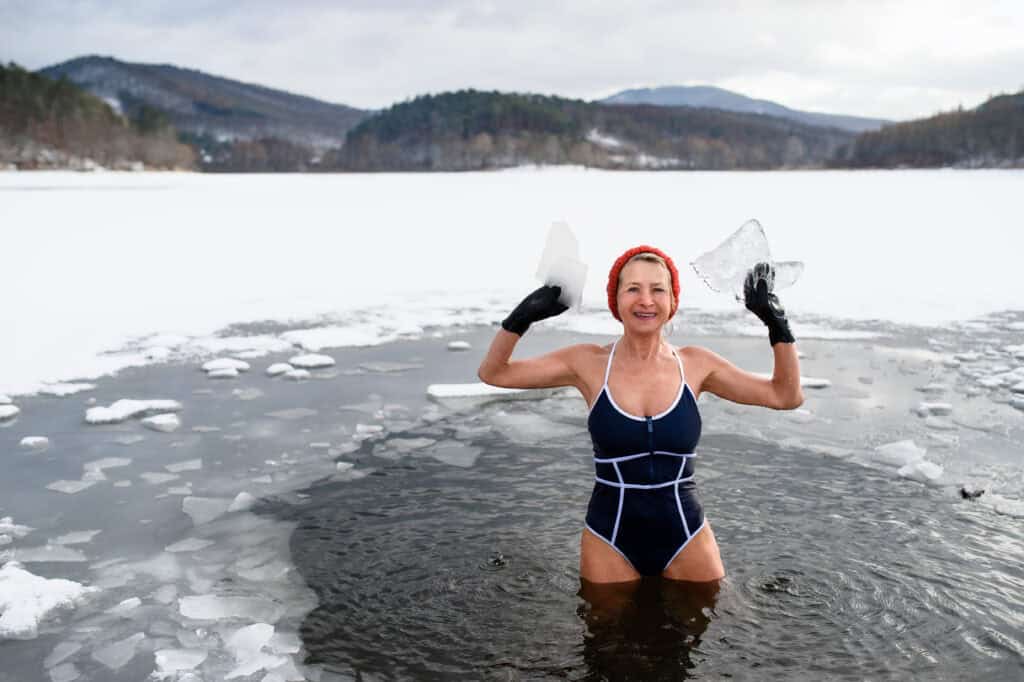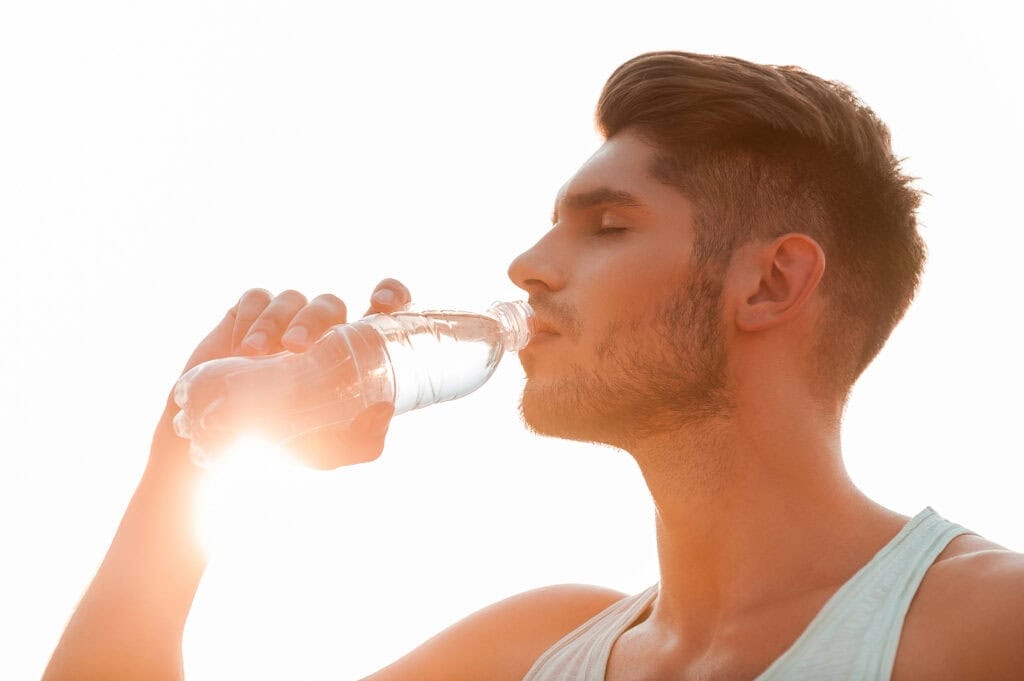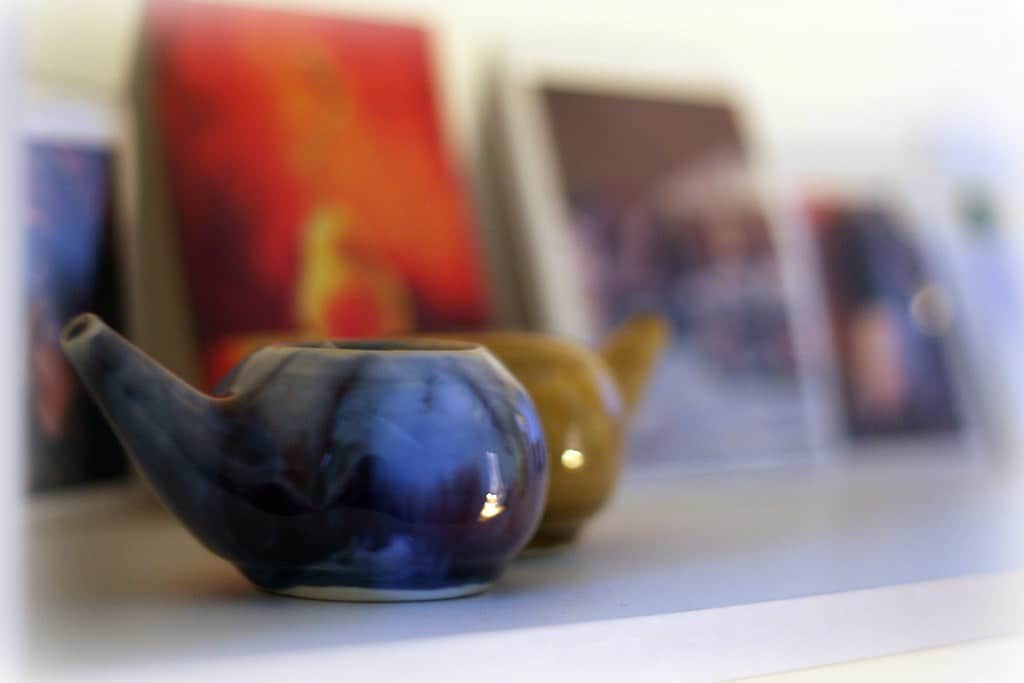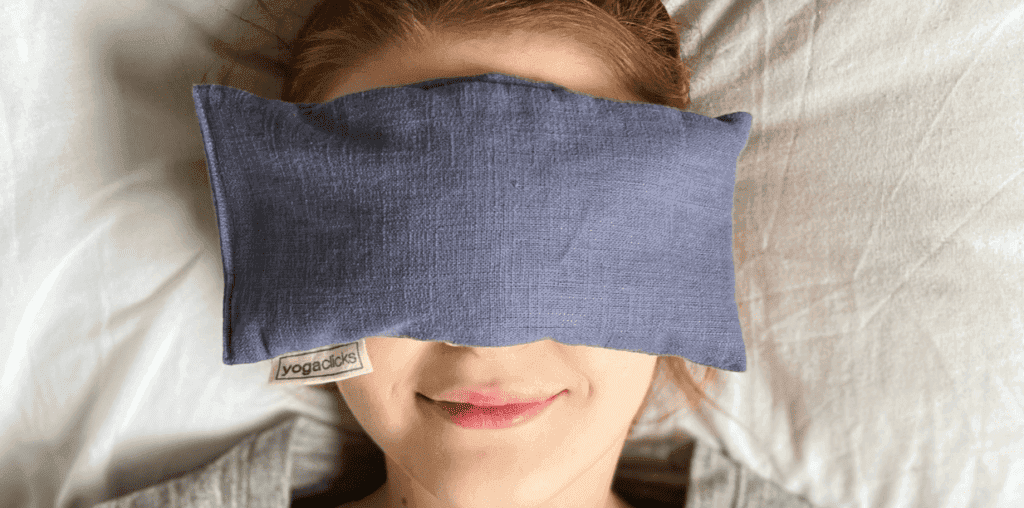Cold therapy, also known as cryotherapy, is a practice that involves exposing the body to extremely cold temperatures for a short period of time. This can be achieved through various methods such as cold water immersion, ice packs, or whole-body cryotherapy chambers. The practice has been used for centuries to treat various health conditions, and recent research has shown that it may have several health benefits.
One of the primary health benefits of cold therapy is its ability to reduce inflammation and pain. Exposure to cold temperatures causes blood vessels to constrict, which reduces blood flow to the affected area. This, in turn, reduces inflammation and swelling, which can help alleviate pain. Cold therapy has been shown to be effective in treating a variety of conditions, including arthritis, sore muscles, and post-surgical pain.
Research into the benefits of cold therapy is ongoing, but some studies have already shown promising results. For example, one study found that whole-body cryotherapy was effective in reducing pain and improving the quality of life in patients with fibromyalgia. Another study found that cold water immersion was effective in reducing muscle soreness and improving muscle function after exercise. As more research is conducted, it is likely that we will learn even more about the potential health benefits of cold therapy.
What is Cold Therapy?
Cold therapy, also known as cryotherapy, is a therapeutic technique that involves exposing the body to extreme cold temperatures for a short period of time. Cold therapy is believed to have numerous health benefits, including reducing inflammation, swelling, and chronic pain.
Types of Cold Therapy
There are several types of cold therapy, including:
- Ice packs or cold compresses: This is the most common form of cold therapy and involves applying an ice pack or a cold compress to the affected area. It is often used to reduce swelling and inflammation caused by injuries such as sprains, strains, or bruises.
- Cold water immersion: This involves immersing the body in cold water for a short period of time. It is believed to improve blood flow and circulation, reduce muscle soreness and fatigue, and boost the immune response.
- Whole-body cryotherapy: This involves exposing the body to extremely cold temperatures for a short period of time, usually in a chamber or sauna. It is believed to reduce inflammation, boost the immune system, and improve overall health and wellness.
- Localized cryotherapy: This involves applying cold temperatures to a specific area of the body using a specialized device. It is often used to treat injuries, reduce inflammation, and alleviate pain.
Cold therapy works by constricting blood vessels, which reduces blood flow to the affected area. This helps to reduce inflammation and swelling, which can alleviate pain and promote healing. Cold therapy also helps to reduce oxidative stress, which can damage cells and contribute to chronic health conditions.
Overall, cold therapy is a safe and effective way to reduce inflammation, swelling, and chronic pain. It is often used in conjunction with other therapies, such as physical therapy and medication, to help manage a wide range of health conditions.
Health Benefits of Cold Therapy
Cold therapy, also known as cryotherapy, is a treatment that involves exposing the body to extremely cold temperatures for a short period of time. While it may sound uncomfortable, cold therapy has a number of health benefits that make it a popular treatment option for many people.
Physical Benefits
Cold therapy has been shown to have a number of physical benefits. One of the most well-known benefits is its ability to reduce inflammation and swelling. This is why cold therapy is often recommended for injuries such as sprains or bruises. It can also help to soothe sore muscles after a workout.
Another physical benefit of cold therapy is its ability to improve circulation. When the body is exposed to cold temperatures, the blood vessels constrict, which can help to improve blood flow. This can be particularly beneficial for people with circulation problems.
Cold therapy has also been shown to have a positive impact on weight loss. When the body is exposed to cold temperatures, it has to work harder to maintain its core temperature, which can lead to an increase in metabolism and calorie burn. This can be particularly beneficial for people who are trying to lose weight.
Mental Health Benefits
In addition to its physical benefits, cold therapy can also have a number of mental health benefits. One of the most well-known benefits is its ability to reduce stress and anxiety. When the body is exposed to cold temperatures, it triggers the release of endorphins, which are the body’s natural feel-good chemicals. This can help to improve mood and reduce feelings of stress and anxiety.
Cold therapy has also been shown to have a positive impact on sleep. When the body is exposed to cold temperatures, it can help to reset the body’s natural sleep-wake cycle. This can be particularly beneficial for people who have trouble sleeping or who suffer from insomnia.
Overall, cold therapy is a safe and effective treatment option for a wide range of health conditions. Whether you’re looking to soothe sore muscles after a workout or reduce feelings of stress and anxiety, cold therapy may be able to help.
How to Perform Cold Therapy
Cold therapy is a technique that uses cold temperatures to reduce pain and inflammation, speed up recovery, and promote overall health. There are several ways to perform cold therapy, each with its own benefits and risks. Here are some of the most popular methods:
Cold Showers
Taking a cold shower is one of the easiest and most accessible ways to perform cold therapy. It involves standing under a shower with cold water for a few minutes. To get the most benefits, it is recommended to start with warm water and gradually decrease the temperature until it becomes uncomfortably cold. This can help the body adjust to the cold and prevent shock.
Ice Baths
Ice baths are another popular method of cold therapy, particularly among athletes. They involve filling a tub with cold or icy water and then soaking the body for several minutes. It is recommended to start with short sessions and gradually increase the time as the body becomes accustomed to the cold. It is also important to monitor the water temperature to prevent hypothermia.
Coolant Sprays
Coolant sprays are a type of cold therapy that involves spraying a cooling agent on the skin. They are commonly used to treat acute injuries such as sprains and strains. It is important to follow the instructions carefully and avoid spraying the eyes or sensitive areas of the skin.
Ice Massage
Ice massage is a technique that involves massaging the skin with ice cubes or a frozen object. It is commonly used to treat muscle soreness and inflammation. To perform an ice massage, simply rub the ice over the affected area in a circular motion for several minutes.
Whole-Body Cryotherapy
Whole-body cryotherapy involves standing in a special chamber that exposes the body to extremely cold temperatures for several minutes. It is believed to have many health benefits, including reducing inflammation, improving circulation, and boosting the immune system. However, it is important to consult with a healthcare professional before trying this method, as it can be risky for certain medical conditions.
When performing cold therapy, it is important to warm up the body first to prevent injury. It is also important to follow safety tips such as monitoring the water temperature, avoiding prolonged exposure, and staying hydrated. Cold therapy is generally safe for most participants, but it may not be suitable for everyone, especially those with certain medical conditions. Risks and side effects may include hypothermia, skin damage, and nerve damage. It is important to consult with a healthcare professional before trying cold therapy, especially if you have any medical conditions or concerns.
Wim Hof Method
The Wim Hof Method is a powerful technique that combines breathing exercises, cold exposure, and mindset training. It is named after its creator, Wim Hof, also known as “The Iceman,” who has set multiple world records for withstanding extreme cold temperatures.
The method is built on three pillars: breathing, commitment/mindset, and exposure to cold. The breathing exercises involve powerful inhalation, relaxed exhalation, and prolonged breath retention. These exercises help increase oxygen intake, reduce stress, and boost energy levels.
The second pillar, commitment/mindset, involves developing a strong and positive mindset. Hof emphasizes the importance of setting goals, visualization, and belief in oneself. This pillar is crucial to the success of the method, as it requires patience, dedication, and perseverance.
The third pillar, exposure to cold, involves gradually exposing the body to cold temperatures. This can be done through cold showers, ice baths, or other cold exposure methods. The goal is to train the body to adapt to the cold, which can lead to numerous health benefits.
Research has shown that the Wim Hof Method can have a positive impact on the immune system, circulatory system, and overall energy and strength levels. Hof claims that the method can also improve mental clarity and focus, reduce inflammation, and even help with certain health conditions.
While the Wim Hof Method may not be for everyone, it has gained a following of dedicated practitioners who swear by its benefits. Hof has also developed an app and online courses to help people learn and practice the method.
Overall, the Wim Hof Method is a unique and powerful technique that combines breathing exercises, cold exposure, and mindset training to improve overall health and well-being.
Cold Therapy and Athletes
Cold therapy is a widely used treatment among athletes for its ability to reduce inflammation and muscle soreness. When athletes engage in intense physical activity, their muscles and tissues can become inflamed, leading to pain and discomfort. Cold therapy, such as ice baths or cold showers, can help reduce this inflammation and promote muscle recovery.
Athletes often use cold therapy after intense workouts or competitions to help speed up their recovery time. By reducing inflammation and soreness, they can get back to their training routine faster and perform at their best. Cold therapy can also help improve focus and concentration by reducing mental fatigue.
In addition to reducing soreness and promoting recovery, cold therapy can also be used to help athletes prepare for competition. By exposing their bodies to cold temperatures, athletes can improve their tolerance to stress and increase their resilience. This can help them perform better under pressure and recover faster from injuries.
Overall, cold therapy is an effective and safe treatment option for athletes looking to improve their performance and reduce their risk of injury. By incorporating cold therapy into their training routine, athletes can improve their recovery time, reduce muscle soreness, and perform at their best.
| Benefits of Cold Therapy for Athletes |
|---|
| Reduces inflammation |
| Promotes muscle recovery |
| Improves focus and concentration |
| Increases resilience and tolerance to stress |
| Speeds up recovery time |
| Reduces risk of injury |
Medical Conditions and Cold Therapy
Cold therapy can be an effective way to manage pain and swelling caused by various medical conditions. However, there are certain medical conditions where cold therapy may not be recommended or should be used with caution. It is important to consult with a healthcare provider before using cold therapy, especially if you have any of the following medical conditions:
- Diabetes: People with diabetes may have poor circulation and reduced sensation in their extremities, which can increase the risk of tissue damage from cold therapy. It is important to monitor the skin closely and avoid using cold therapy for extended periods of time.
- Inflammatory diseases: Cold therapy can help reduce inflammation, but it may not be suitable for people with certain inflammatory diseases such as rheumatoid arthritis. It is important to consult with a healthcare provider to determine if cold therapy is safe and effective for your condition.
- Bacterial infections: Cold therapy may slow down the healing process of bacterial infections, as it can reduce blood flow and the immune system response. It is important to consult with a healthcare provider before using cold therapy for bacterial infections.
- Frostbite and hypothermia: Cold therapy should not be used for frostbite or hypothermia, as it can worsen the condition and cause further tissue damage. It is important to seek medical attention immediately if you suspect you have frostbite or hypothermia.
- Nerve damage: Cold therapy can worsen nerve damage by reducing blood flow and causing further irritation. It is important to consult with a healthcare provider before using cold therapy for nerve damage.
- Redness and irritation: Cold therapy can cause redness and irritation in some people, especially those with sensitive skin. It is important to monitor the skin closely and discontinue use if any adverse reactions occur.
- Sprains and strains: Cold therapy can help reduce pain and swelling caused by sprains and strains. It is important to follow a healthcare provider’s instructions on how to use cold therapy for these conditions.
- Colds and fever: Cold therapy can help reduce fever and relieve symptoms of colds, but it should not be used for extended periods of time. It is important to stay hydrated and rest when experiencing colds and fever.
- Fluids: Cold therapy can cause fluids to accumulate in the affected area, which can worsen swelling. It is important to follow a healthcare provider’s instructions on how to use cold therapy for fluid accumulation.
Overall, cold therapy can be a safe and effective way to manage pain and swelling caused by various medical conditions. However, it is important to consult with a healthcare provider to determine if cold therapy is suitable for your condition and to follow their instructions on how to use it properly.
Anecdotal Evidence and Cold Therapy
Anecdotal evidence refers to information that is based on personal experience or observations rather than scientific research. While anecdotal evidence is not considered as reliable as scientific evidence, it can still provide valuable insights into the potential benefits of certain treatments, including cold therapy.
Many people who have tried cold therapy report experiencing significant pain relief and improved muscle healing. Some athletes, for example, use cold therapy to help them recover from injuries faster and to reduce inflammation. Others use cold therapy to help them manage chronic pain conditions.
While there is limited scientific research on the benefits of cold therapy, anecdotal evidence suggests that it may be a useful complementary treatment for certain conditions. However, it is important to note that cold therapy should not be used as a sole cure for any condition without consulting a healthcare professional.
Another benefit of cold therapy is that it can be done with a buddy. Having a friend or family member to support and encourage you during your cold therapy sessions can help make the experience more enjoyable and effective. Additionally, having someone to talk to can help distract you from the cold and make the time pass more quickly.
Overall, while anecdotal evidence should not be relied upon as the sole basis for medical decisions, it can provide valuable insights into the potential benefits of cold therapy. If you are interested in trying cold therapy, be sure to consult with a healthcare professional to ensure that it is safe and appropriate for your individual needs.
Conclusion
In summary, cold therapy is a useful and effective treatment option for a variety of conditions. It can be used to reduce pain, inflammation, and swelling, and it can also be used to speed up recovery time after an injury or surgery.
While there are several different types of cold therapy available, including ice packs, cold showers, and cryotherapy, it is important to consult with a healthcare provider or doctor before beginning any new treatment regimen. They can help determine the best course of treatment based on the individual’s specific needs and medical history.
In addition to consulting with a healthcare provider, it is also important to use cold therapy safely and correctly. This includes using the therapy for the appropriate amount of time, taking rest breaks as needed, and ensuring that the therapy is not too cold or applied for too long.
Overall, when used correctly and under the guidance of a healthcare provider, cold therapy can be a valuable tool for improving strength, reducing pain and inflammation, and promoting overall health and wellness.









